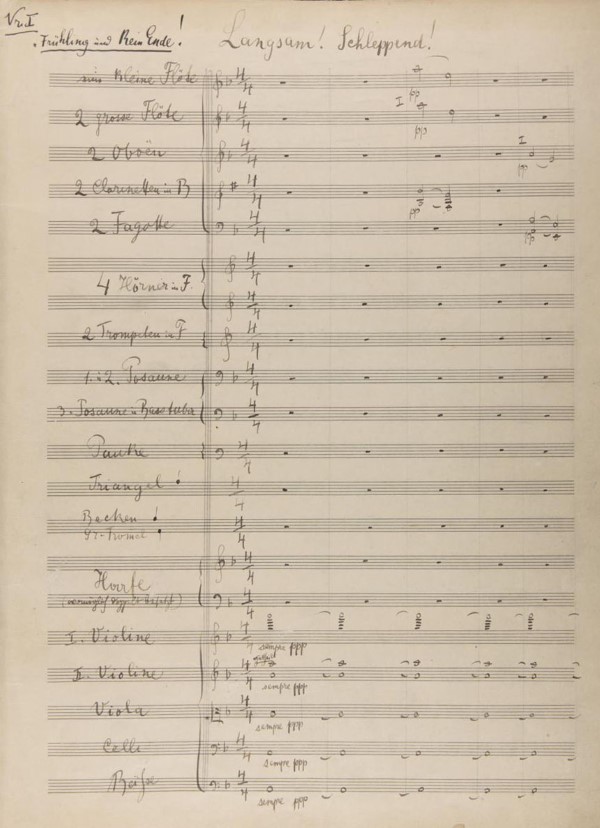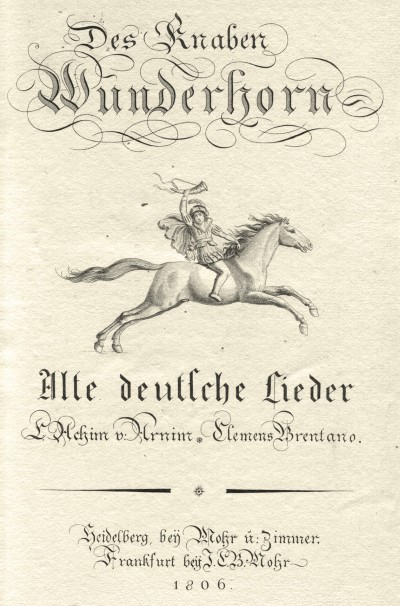Introduction Symphony No. 2
“Resurrection” (in German “Auferstehungs-symphonie”). The ink was barely dry on the score of his First Symphony in 1888 when Mahler began to toy with the idea of a new large symphonic work in c. The opening movement was soon completed and named Todtenfeier (Funeral Ceremony), but it then languished among his papers until 1891, the year […]
Movement 2: Andante moderato. Sehr gemächlich
Very leisurely. Never hurry. Two sections alternate in this idyllic movement, so different in style, atmosphere and scale from the first that Mahler specified their separation by a few minutes’ pause. The first section is a graceful ländler in the major, the second a triplet theme in the minor. Mahler was particularly proud of the […]
Movement 1: Allegro maestoso: Mit durchaus ernstem und feierlichem Ausdruck
Based on the poem Todtenfeier by Adam Mickiewicz. With deeply serious and solemn expression. With this funeral march and the eloquence of its thematic material, the power of its architectural structures, the emotional thrust of its inspiration and its concision of thought, Mahler assumes for the first time the full stature of a symphonist in […]
Movement 2: Kraftig bewegt, doch nicht zu schnell
Moving strongly, but not too quickly, restrained, a trio Ländler. The second movement is a modified minuet and trio. Mahler replaces the minuet with a Ländler, a 3/4 dance-form that was a precursor to the Austrian waltz. This is a popular structure in Mahler’s other symphonies, as well as Franz Schubert’s. One main theme repeats […]
Movement 1: Langsam, schleppend; Immer sehr gemachlich

Very restrained throughout, D major. The first movement is in modified sonata form, with a substantially slow introduction. The introduction begins eerily with a seven-octave drone in the strings on A, with the upper octaves being played on harmonics in the violins. A descending two-note motif is then presented by the woodwinds, and eventually establishes […]
Introduction Symphony No. 1
The Symphony No. 1 in D major by Gustav Mahler (1860-1911) was mainly composed between late 1887 and 03-1888, though it incorporates music Mahler had composed for previous works. It was composed while Mahler was second conductor at the Leipzig Opera, Germany. Although in his letters Mahler almost always referred to the work as a symphony, […]
Lied 1: Um schlimme Kinder artig zu machen
This song is the first of the Wunderhorn Lieder for Voice and Piano. It is titled “Um sclimme Kinder artig zu machen” (To make bad children good) and is much longer than any from the previous collection. The quick and witty style will challenge the novice tubist with soft dynamics and repeated articulations. “To teach […]
Introduction Des Knaben Wunderhorn (piano), 9 songs

Ludwig Achim von Arnim (1781-1831) Clemens Brentano (1778-1842) The settings of Des Knaben Wunderhorn by Gustav Mahler are orchestral songs and voice and piano settings of poems from Des Knaben Wunderhorn (‘The Youth’s Magic Horn’) a collection of anonymous German folk poems assembled by Ludwig Achim von Arnim (1781-1831) and Clemens Brentano (1778-1842)and published by […]
